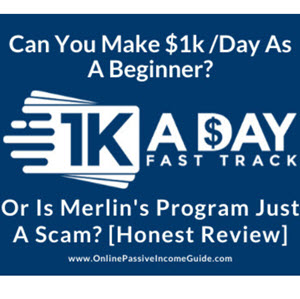Mailing Lists
The single most important factor in selling by mail is the mailing list. According to a Dun & Bradstreet online report, other factors being equal, the list contributes 60 percent to the success of your mailing. Offer is given 20 percent; copy, 15 percent; and format (design, envelope, art treatment, etc.), 5 percent. The art and science of selecting lists lie in our ability to match the recipient with the offer—to mail only to those most likely to buy. No matter what we are selling—no matter how appealing the offer—if the recipient is not in the market for our products, nothing else matters. We're not going to sell dog food to cat fanciers; we're not going to sell chain saws to apartment-dwelling couch potatoes. From the marketers' standpoint, a mailing—as well as any other promotion—becomes junk when it is targeted at the wrong audience or when the quality of the mailing gives the wrong image of the sender. Note that the wrong image may be too rich as well as too poor!
There is no better prospect than a satisfied customer. The most responsive mailing list is almost always made up of your present customers and clients, provided that such a list exists and that they have been well served in the past. That is why so many businesses use such ingenuity to gain your name and address when you pay by cash. You're their best prospect for mail order, too. When, however even your customer list seems to contain little useful information, some basic research is in order.
People with like lifestyles tend to purchase alike. The key to selling is to determine which lifestyles match what you are offering. There are thousands of mailing lists available through list companies and brokers. (Chicago's business-to-business Yellow Pages list about 100 such companies.) The more we know about the meaningful characteristics of our current customers or clients, the easier it will be to find likely prospects by matching their customer profiles to ours. What's meaningful may not be a matter of common sense, so discuss with several mailing list professionals how they propose to help you find out and what they charge for their service. Then check the advice you get in a test mailing.
• Fewer than 5,000 names is not a statistically valid test. No matter how large the list, a 10,000-name test is almost always adequate.
• For consumer lists, services exist that can match addresses with socioeconomic census data. Use the »th-name system of every 20th, 50th, or 500th name, depending on the size of your list, for a test mailing. You'll get a wealth of information on these people's lifestyles.
• For business and professional lists, existing directories can tell you everything you need to know—from an individual's specialization, age, income, family, and automobiles owned to a corporation's history, profits, officers, and credit rating. If a certain piece of information seems pertinent, it's there for the matching.
• A mailing list specialist, preferably experienced with your type of business, can help you analyze your lists. Before you request such help, get firm, written cost quotations and current references. Check them out!
Continue reading here: Yellow Pages As A Mirror Of A Market
Was this article helpful?


